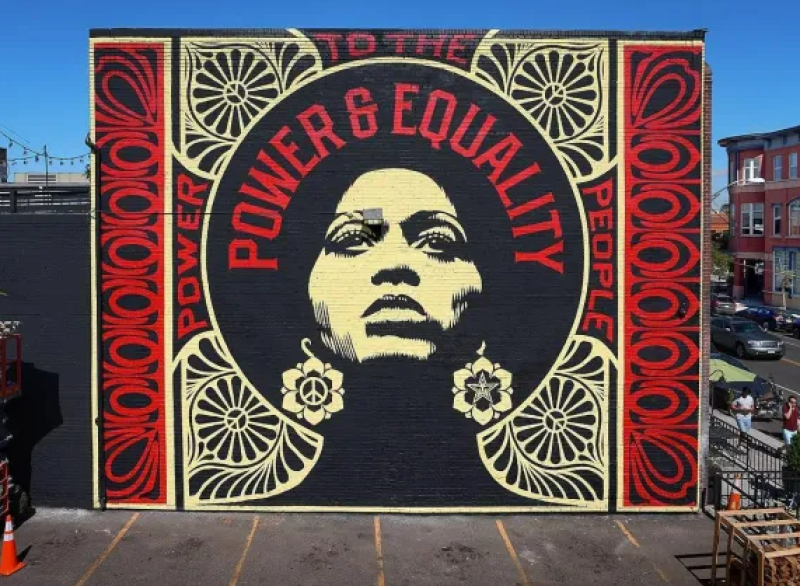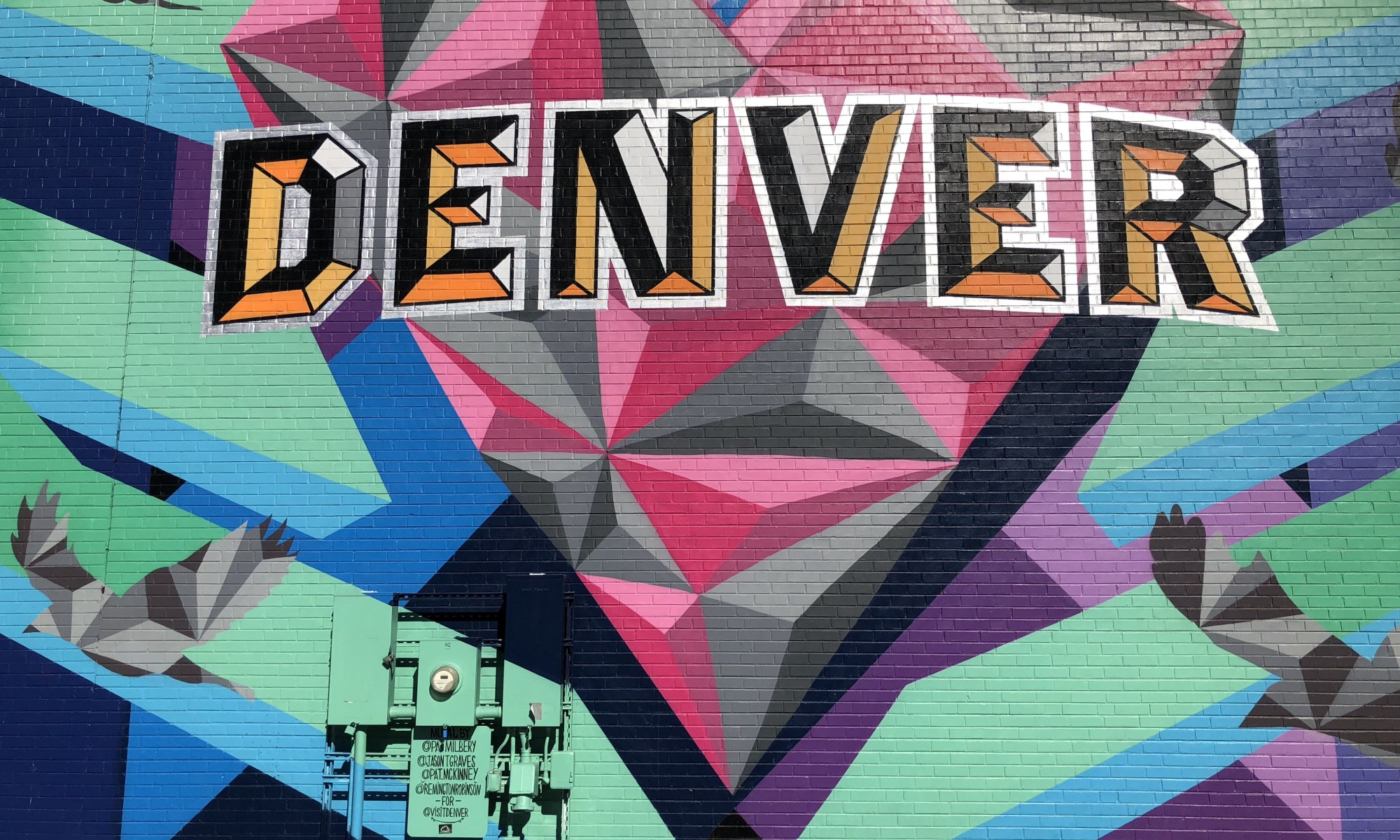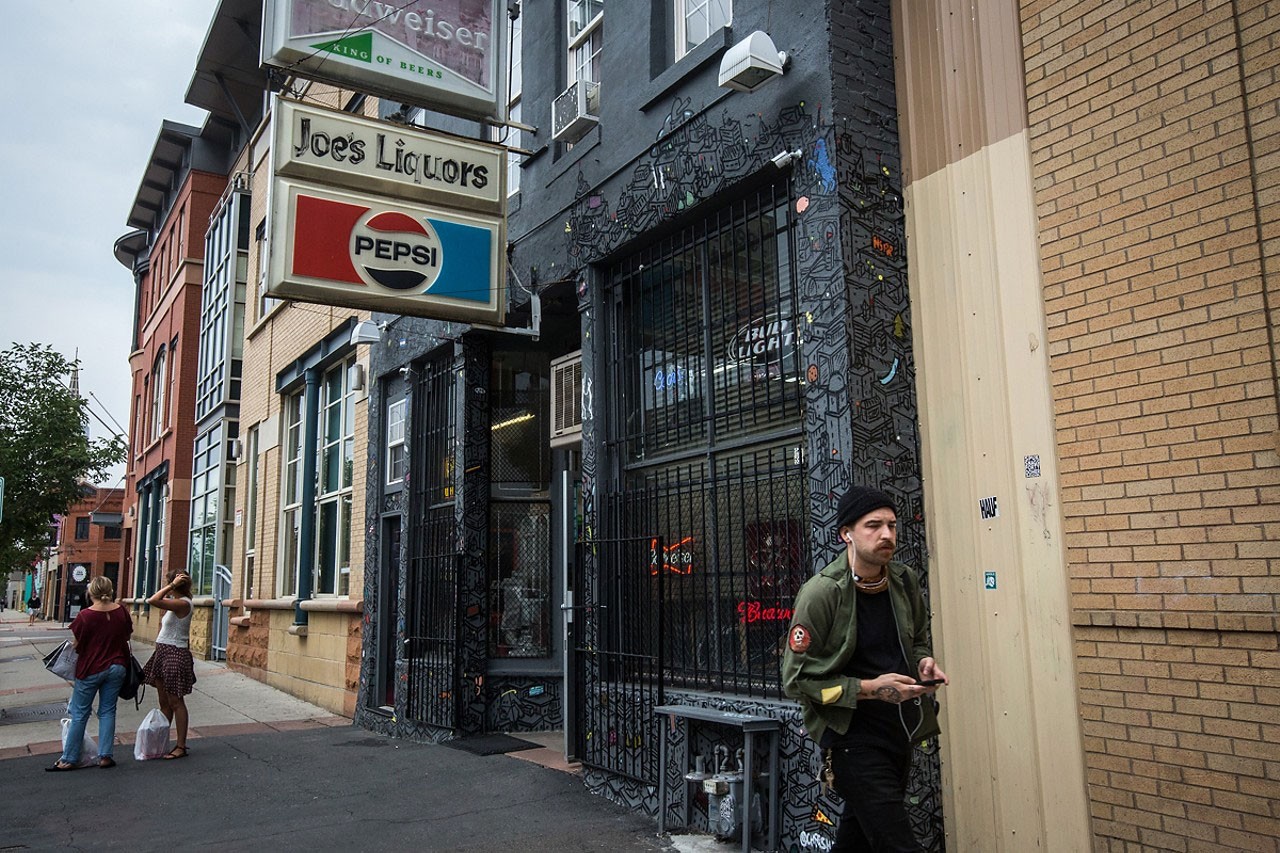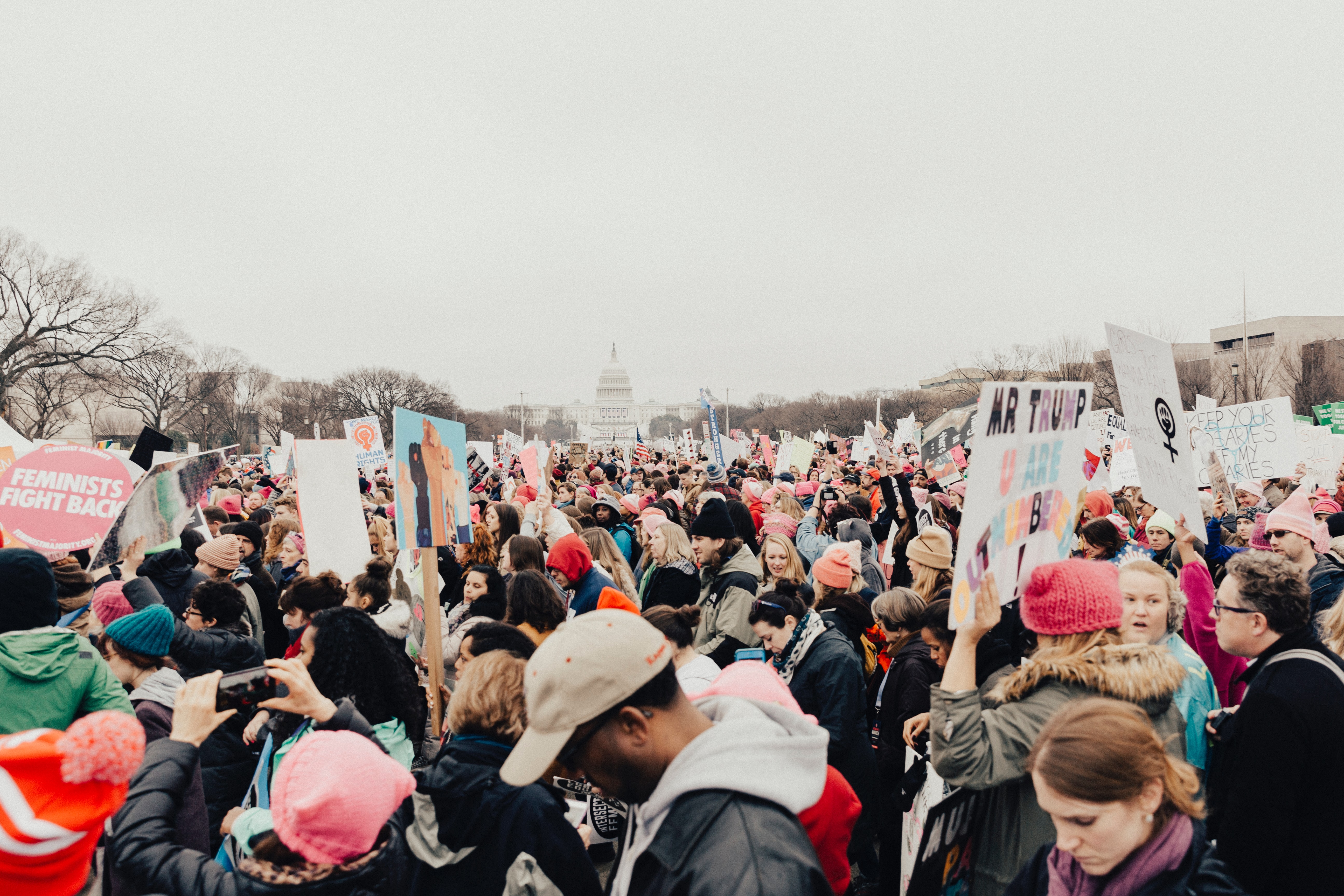From the Tag to the #Hashtag: A Brief Case Study on Street Art in RiNo
By: Mia Edwards, International & Intercultural Communications


When I first learned I had been chosen as the gentrification community-engaged fellow at CCESL I had a rush of dichotomous emotions – excitement, confusion and overwhelming fear. How could I possibly focus on the broad and complex term of “gentrification”? As a recent transplant to the Denver Metro Area, I quickly learned small, long-standing neighborhoods within the region had been transformed to these tourist attractions with what one calls “local feels”. I decided to dive in head first and focus on the ongoing controversies in the newly gentrified area of the River North Arts District, or what longtime residents call Five Points, alongside my faculty champion, Dr. Erika Polson.
The RiNo Art Scene
The Crush Walls festival was founded by Denver graffiti artist, Robin Munro in 2010, and the idea was to allow local artists to share their work by spending a week covering the walls of their neighborhood. In 2016, RiNo negotiated with the founders to make it the art district’s signature event.
In 2018, the festival began outsourcing the organization or logistical piece of the event to Canadian gallery and agency called Station 16, and they sought to bring in more internationally recognized artists. Last year, Station 16 hired Shepard Fairey — also known as Obey Giant (@obeygiant) — to paint the main showcase. The festival included 77 local artists; 7 international artists, all painting for 7 days. Although the majority of artists were still local, the best walls and the highest fees went to the international artists.

Photo of Shepard Fairey aka Obey Giant
Local Turns International
I focused specifically on Shepard Fairey’s featured mural for this research project. You’re probably all familiar with his work: he is well-known for his Hope poster of Obama and was a featured artist in the documentary “Exit Through the Gift Shop”.
He was given the tallest wall on the side of the Denver Central Market, which is at the heart of the art district – the premiere space. In my case study, I focus on this mural as truly capturing the ongoing controversies around art and gentrification in the neighborhood.

Mural of Angela Davis created by Shepard Fairey
First, there is the problem of the work itself: a mural based on an iconic image of Angela Davis. His celebratory use of an image of Angela Davis — an iconic symbol of the civil rights movement — is ironic in this context. Considering her long history of fighting for African American rights and equality, to install this image and these words in a part of town where gentrification has and continues to displace People of Color and black owned businesses seems ill-considered (at best).
The image became the most popular go-to for posing and posting on Instagram and received, by far, the most engagement on the RiNo Instagram feed for the entire year. It essentially became and still is “the photo” to post from RiNo. This is reflected on the initial Instagram post where Shepard Fairey shared his work, which generated more than 350 comments.
And yet, the image also became a site for debating the controversies going on in the neighborhood. For example, while many artists labored in the September sun to paint by freehand, Shepard Fairey used a stencil and a hired team to create a piece that was not original…and also closely mirrored work he has produced in other locations in Chicago and California.
Not only did he receive the best “real estate” on the block, but he was also paid more than any other artist showcased in the festival, by tens of thousands of dollars. This did not go unnoticed, and local artists called this out on his Instagram post. An outsider had come in, imprinted a previously used design on the neighborhood, and was paid more money to do so.
Another debate that raged on the Instagram post was about a long-standing rivalry between the Denver Central Market and Joe’s Liquor. These two buildings directly face each other and represent somewhat of a past/present dialectic.
The Central Market opened just two and a half years ago, while Joe’s Liquor has been in its site for years. The developers — and especially the owners of Central Market — have been trying to push Joe’s Liquors out of business for years.


The art on either side of the street reflects the very idea of gentrification. The new development features a white artist who critics say has appropriated imagery of Black resistance…and on the other side we have a local artist, who has painted their local history and experiences on a building that represents a last holdout of the old neighborhood.
What Does This Mean?
My analysis of the comments on this particular photo reflect different voices of the gentrification process: 1) local artists using the discrepancy in how they versus the (famous) outsider were treated (and paid) as a way to talk about larger problems of the changing neighborhood and 2) others who thought the presence of a beautiful Shepard Fairey work was a “win” for the city and the neighborhood. Many of the positive posts seem to come from visitors to Denver, adding another twist about how tourism plays a role in the gentrification process.
This is an example where we can specifically think about how digital media create and reflect emotional attachments to places. Here, Instagram is a place where not only are the images posted and shared, but a place where different voices can compete over how the images are understood.
Mia Edwards is a first-year graduate student pursuing her MA in International & Intercultural Communications jointly in the Josef Korbel School of International Studies and the Media, Film & Journalism School at the University of Denver with a concentration in Global & Multicultural Strategic Communications. Alongside her graduate degree, Mia is in the process of completing the Global Business, Governance, and Corporate Social Responsibility certificate where she hopes to gain insight into new global business strategies and practices. Currently, Mia serves as the Communications Intern at Newmont Goldcorp where she is assisting with change relations and internal strategy. As the 2018-19 community-engaged gentrification fellow at CCESL, Mia works with her faculty champions on unique projects relating to communities affected by gentrification in Colorado, including empowering day laborers to tell their own stories through digital platforms and helping plan the Colorado Migrahack event for Fall 2019. Mia and her faculty champion, Dr. Erika Polson, recently presented their research on gentrification, street art, and Instagram specifically in the RiNo neighborhood at the “Aesthetics for Gentrification” conference in Portland. Mia plans to continue her work with CCESL next year. For more information visit Mia’s DU portfolio page.


